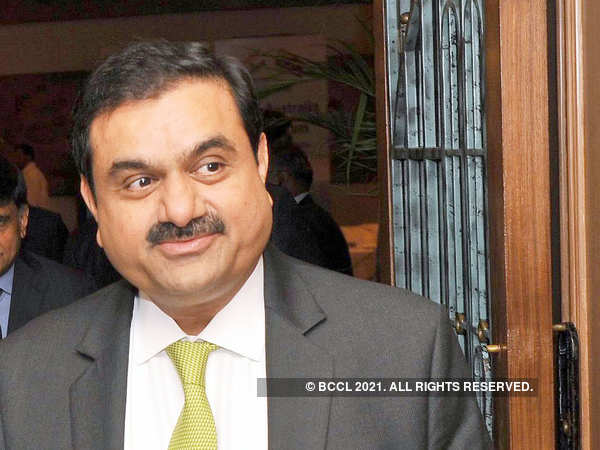Check governance, as well as his group’s coal-to-clean energy record
Once upon a time, long before the hoodie was invented, pioneers of business preferred to call themselves self-made men rather than entrepreneurs. They built hard assets like ports, railways and oil terminals. They cajoled—and canoodled with—governments. They built vast conglomerates. In America, such men made history in the Gilded Age. In India, one of their modern-day avatars is Gautam Adani, a trader who started his career haggling for diamonds, and now controls more ports, power stations, solar farms and airports than almost any other private tycoon. A thickset 59-year-old of few words, a strong political antenna and a stomach for debt, he could not be further removed from the elfin founder-ceos of the digital age. And yet as recently as June, the value of his companies had more than quintupled in 12 months, to $133bn. That is tech-like growth from what is normally one of the stodgiest parts of the old economy—infrastructure.
In India’s “Billionaire Raj”, Mr Adani is usually overshadowed by the other “A”, Mukesh Ambani, India’s richest man, who controls Reliance Industries, a petrochemicals-to-phones conglomerate. Yet Mr Adani, whose personal net worth almost caught up with Mr Ambani’s in June, is just as intriguing—not least for some of the contradictions he embodies. In a country whose banks have lost fortunes lending to infrastructure projects, his debt-fuelled acquisition spree has gone from strength to strength. He is a champion of Prime Minister Narendra Modi’s drive for self-reliance, yet relatively few of his firms’ shares are owned by Indian institutional investors. And he courts environmental, social and governance (esg) funds from around the world, yet parts of his empire are knee-deep in coal. Anyone who can sustain such a precarious juggling act probably deserves to make history, too.





